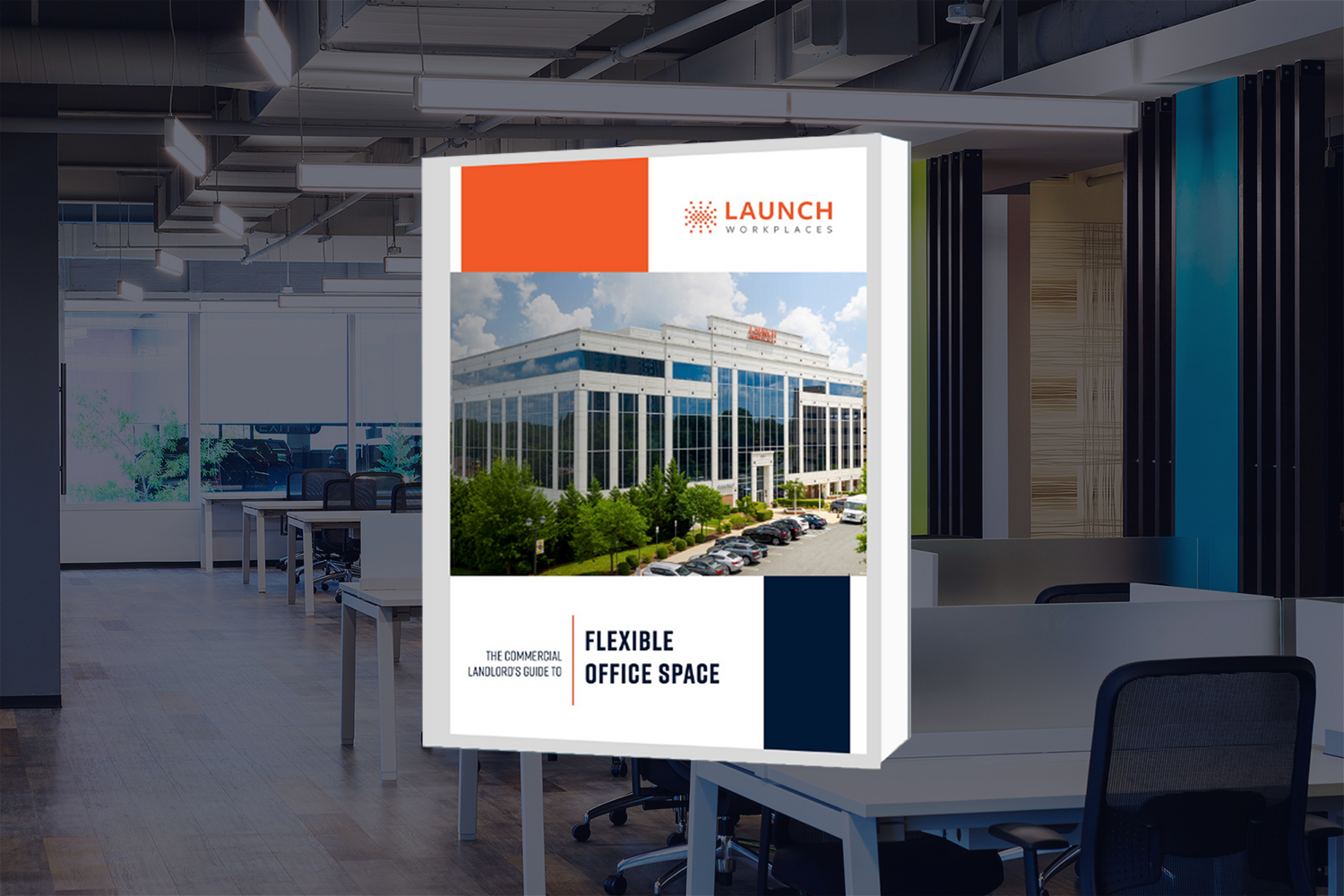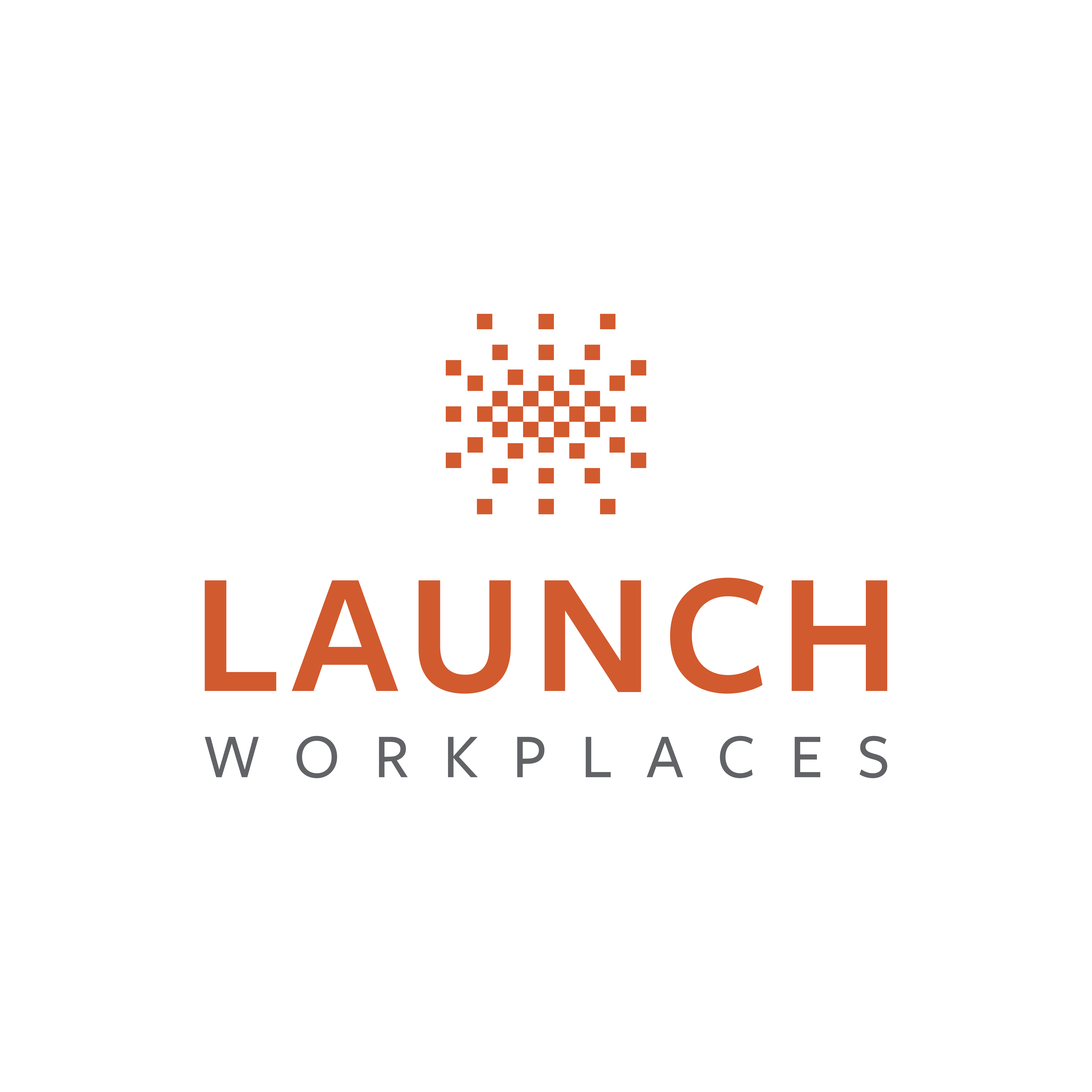Written By: Mike Kriel, CEO of Launch Workplaces
The commercial real estate industry has been fat and happy for hundreds of years. But it’s going through a revolutionary transformation right now and one thing is for sure: it’ll never be the same again.
We believe, and are betting on, the entire industry trending towards flexibility. In order to succeed, commercial landlords will need to understand what’s changing, embrace the inevitable, and pivot their approach.
Just like we are.
Let’s talk about where the industry stands right now, where it’s headed, and how Launch Workplaces is preparing to meet the future of commercial real estate.
The Commercial Real Estate Industry of Today
At the risk of offending some of my industry peers, I believe commercial real estate is a laggard. It’s archaic.
Buildings are generally disjointed and unintegrated. Tenants are forced to deal with multiple points of contact and owners rarely ever engage with them. “Spec” office spaces are offered half-built, requiring tenants to make heavy investments into getting them ready to move into. And the expectation for long-term leases are still the norm.
But when I look to the future, I see a fundamental problem with this approach: with the industry moving towards flexibility, the way things are done now simply isn’t conducive to it.
What the Future Holds for Commercial Real Estate
In the hundreds of years B.C. (before COVID), commercial real estate never changed.
Why?
Because it never had to.
But I’ll tell you this right now: we’re not going to get off that easy anymore.
The Pandemic Changed Everything
When the COVID-19 pandemic hit, social distancing mandates meant businesses had to adopt remote employment, even when they hadn’t been planning on it.
But with remote work causing a ton of office space to sit empty, combined with the wide-scale success that organizations are experiencing with remote work, the result is going to be a seismic shift.
When businesses do come back to in-person work, it’s my bet that they’re going to be placing new value on spaces where they have the flexibility to scale up and down as they try to get back on track.
And I believe we’ll also see companies starting to realize that long-term office leases are the biggest liability on their balance sheets.
On top of that, the pandemic has rocked the world of restaurants and retail, meaning commercial landlords are going to find themselves with large volumes of empty space when some of these businesses inevitably fail.
Keeping Tenants During the Biggest State of Flux We’ve Seen in 100 Years Will Require “Stickiness”
Now, the challenge becomes retaining existing tenants and attracting net-new ones in an unrecognizable real estate landscape.
But how do you do that? By creating “stickiness.”
The Two Questions That Will Dictate Success in the Next Phase of the Commercial Real Estate Industry
If you’re wondering what I mean when I say “stickiness,” I’m referring to creating an environment that retains existing tenants and attracts new ones.
And I believe deeply that, moving forward, the way to create stickiness will be to answer two fundamental questions:
- How is your building going to make people’s businesses better and more financially successful?
- How is your building going to make life better for your tenants’ employees?
If you have intelligent answers to those questions, you’ll be ahead of 99.5% of people in the commercial real estate world.
And it all starts with throwing out today’s archaic approaches and replacing them with a set of modern ideas that result from seeing our industry through a new lens.
Real Estate 2.0: Our Response to the Evolving World of Commercial Real Estate
Looking ahead, Launch Workplaces is going to answer those two key questions by turning traditional CTE marketing on its head and approaching commercial real estate as something that provides value rather than just as a commodity.
We’re taking our flexible office model and expanding it to embody entire buildings rather than just portions of them – in turn helping to future-proof their success.
We’ll answer those two fundamental questions by focusing on four key factors.
Safety
In the wake of the pandemic, safety is going to be an immediate concern for all tenants. The safest buildings are going to come out on top. Safer and cleaner buildings mean reduced absenteeism and increased productivity, in turn increasing our tenants’ bottom lines.
This includes implementing the necessary measures to attain things like WELL Certifications for our buildings that guarantee our tenants can feel safe in our spaces.
Flexibility
Traditional 10-year leases are not going to be the reality going forward. While we’ll still need to keep some space for stable, long-term leases, it’ll only account for a small portion of the building.
The remaining areas in the building will be made flexible, both in lease options as well as in offering finished, move-in ready spaces rather than spec spaces, and seeking ways to create spaces that are modular and reconfigured rather than rebuilt.
And we’ll also be finding ways to make buildings more versatile so that they’re able to accommodate multiple purposes, meaning that space isn’t sitting unused for 16 hours each day.
Technology
We’re going to use technology to make our buildings more member-centric.
Our goal is to make our tenants’ lives more convenient through the use of apps both for convenience, such as booking conference time and reporting issues, as well as for added value, like placing food orders and coordinating in-house dry-cleaning pick-up.
We’ll also use technology for the purpose of data collection in order to proactively identify opportunities to enhance our tenants’ experiences.
Experience
We believe our buildings need to feel more like a hospitality experience than simply a workspace.
For example, instead of having a building manager who looks after logistics and repairs and somebody else who’s focused on tenancy and customer experience, we’ll be consolidating this under one point of contact.
This will allow us to create a consistently positive and elevated experience throughout the entire building.
Another Chapter in Finding Solutions to Our Own Future Challenges
The world is going flexible. And for commercial landlords, that means one of a few things. You can either stick with the status quo and hope for the best. Or, you can transition your business model for success in the new future of commercial real estate.
But be mindful that it’s not just a matter of fitting out your space and adjusting your lease terms. True success will take a holistic reapproach to your business model. And while you can work to implement these changes on your own, I’d strongly recommend connecting with an experienced partner to help you do so.
Launch Workplaces was founded by The Brick Companies as a solution to our own challenges. For 127 years, we’ve been reinventing solutions to what we see as the problems of the future. And that’s how we’re approaching this shift in our industry: by creating a solution and testing it by implementing it in our own buildings.
We understand real estate. We know what’s going on. And we can help.
If you’d like to learn about how you can activate your building, I’d love to speak with you about how Launch Workplaces can help, so feel free to get in touch.




